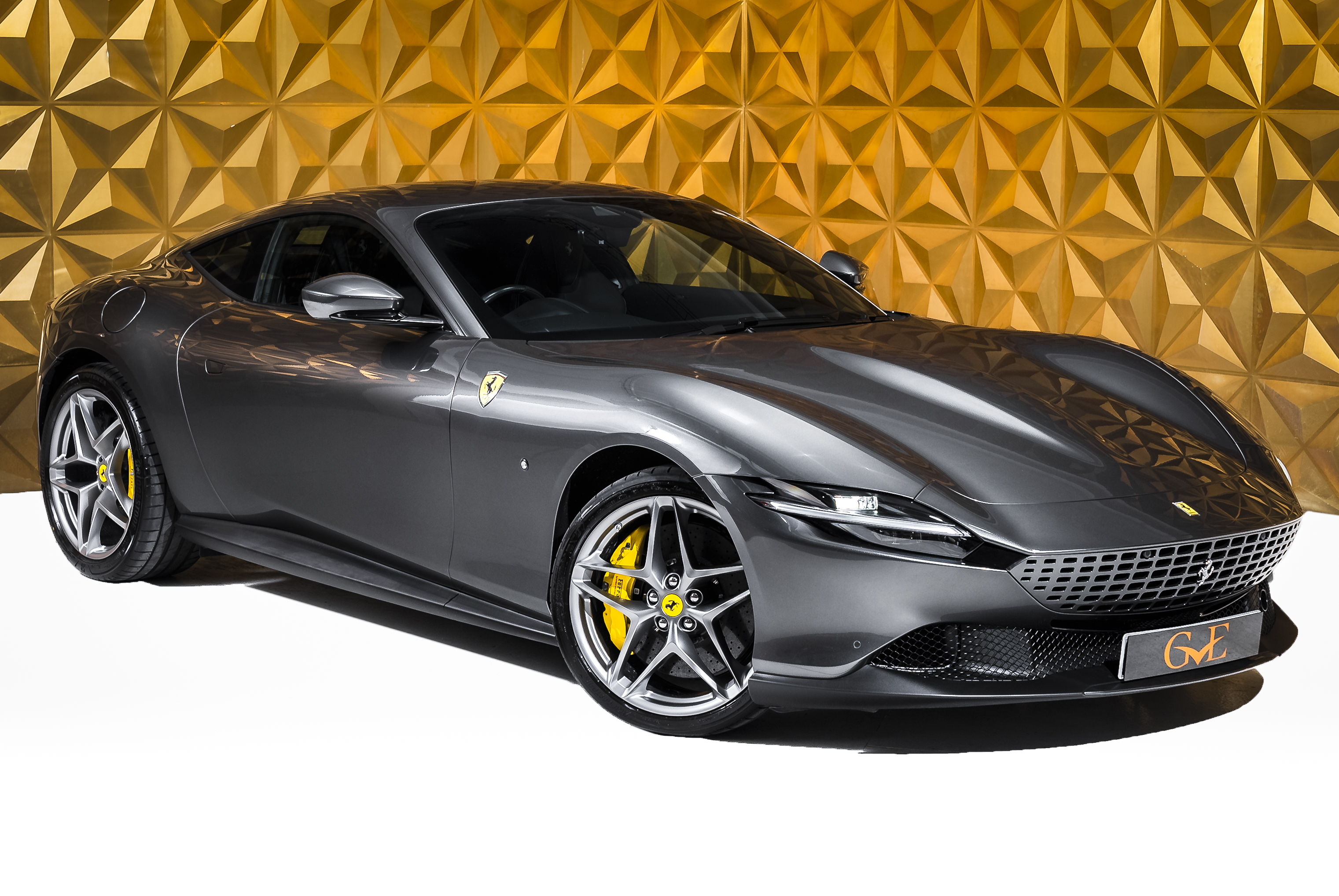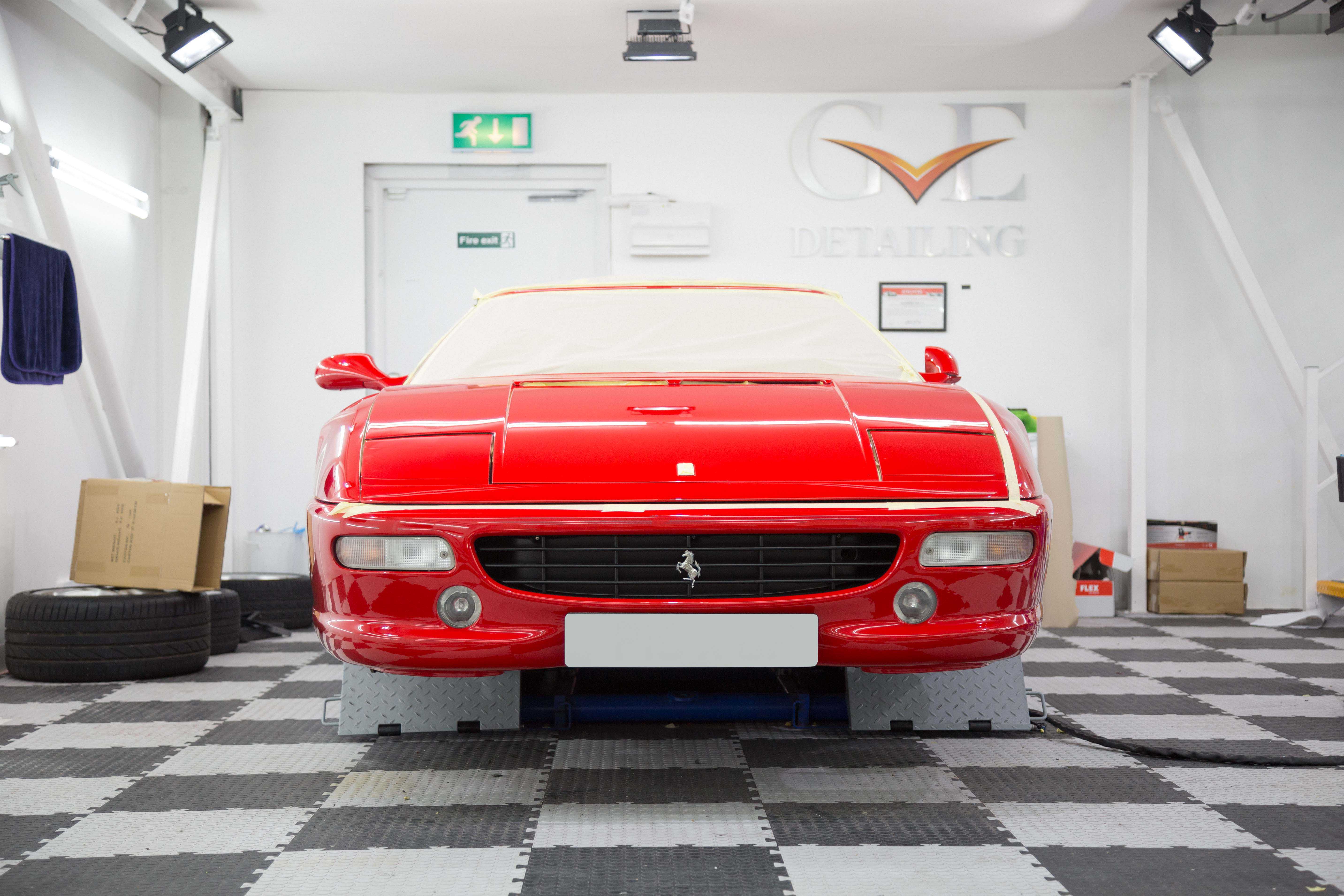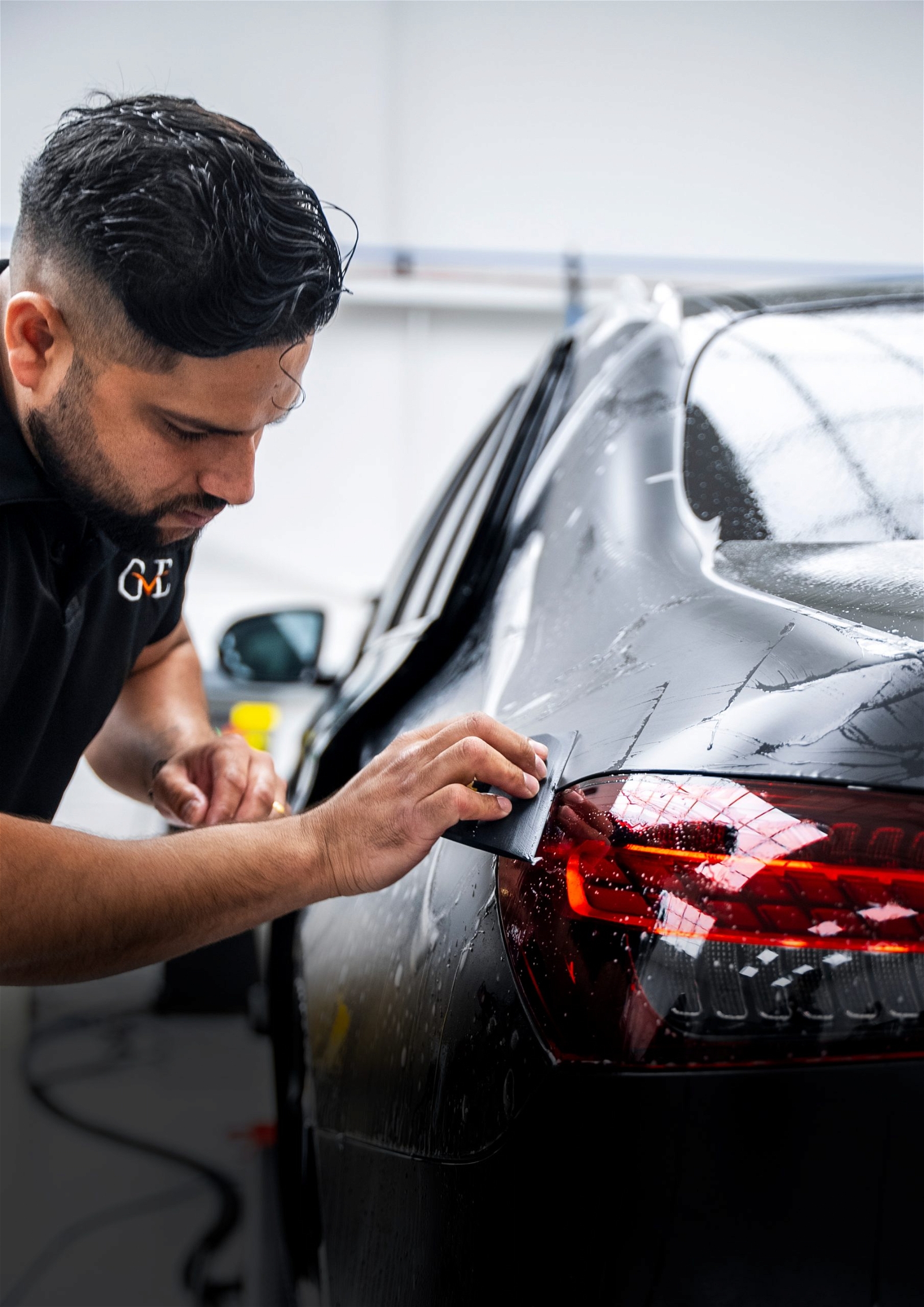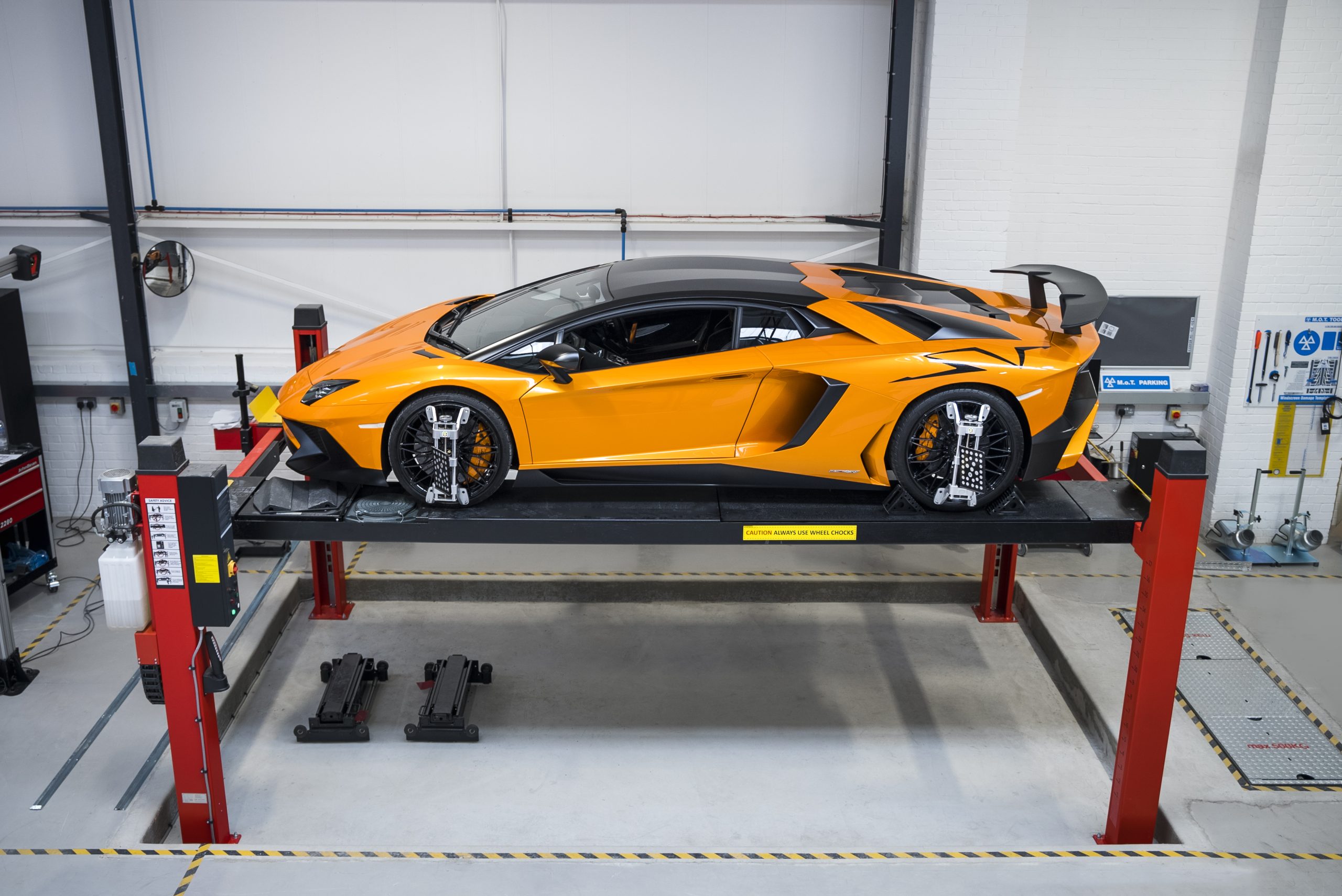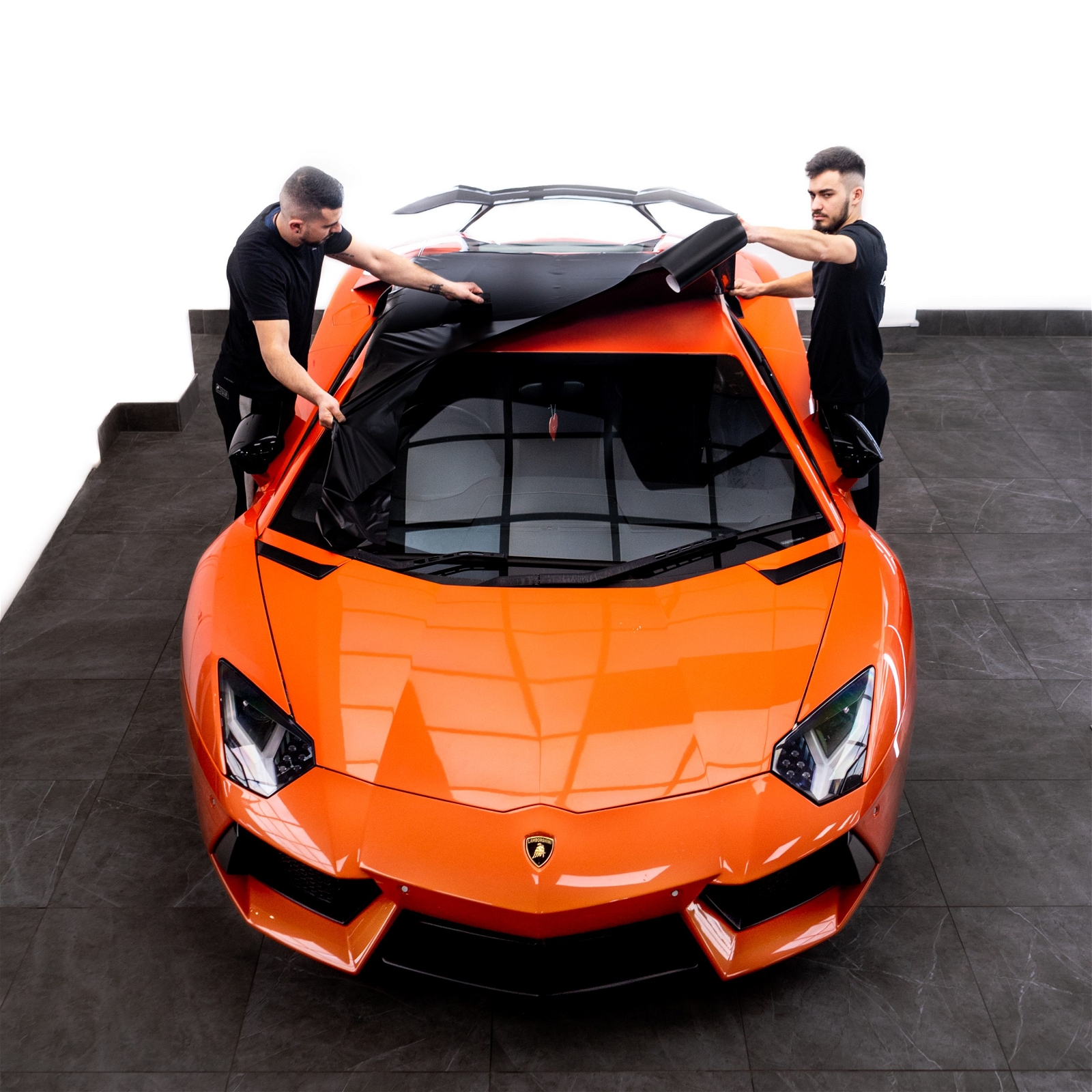
2015 Audi R8 e-tron prototype review
What’s it like?
The new electric motors, produced at parent company Volkswagen’s Kassel manufacturing plant in Germany, deliver a combined 456bhp (340kW), or some 80bhp (60kW) more than before. Torque has also increased by 74lb ft to a new peak of 679lb ft – all of which is unleashed the very moment your foot brushes the heavily sprung throttle.
To put this into some sort of perspective, the four-wheel-drive Tesla Model S P85D possesses 690bhp and 516lb ft. However, while the R8 e-tron is claimed to weigh 1840kg, the P85D tips the scales at a significantly more portly 2100kg.
Drive from the e-tron’s electric motors is channelled through a fixed-ratio gearbox. This has been modified to include a coasting function that sees the new Audi freewheel with minimal mechanical drag when you come off the throttle for extended periods – a function Hackenberg believes should have been included on the car from the outset.
Whereas the earlier R8 e-tron drew its electric energy from a 48.6kWh lithium ion battery, the new one gets a much larger 91.0kWh unit. The cells it uses also operate at a higher 3.6 amperes compared with 3.2 amperes previously, giving the e-tron greater discharge ability for better accelerative performance.
As with the exterior, the e-tron’s interior is based around the first-generation R8, albeit with a number of subtle changes. They include the instruments, which have been modified to reveal information relating to the electric driveline.
The standard electrically operated seats are also replaced by manually operated sports seats as part of a number of weight saving measures, including the use of carbonfibre in the otherwise aluminium body structure. The steering wheel adjusts for both rake and reach, so there is no problem finding a comfortable driving position.
To get underway you hit the starter button, draw the stubby gear lever back to ‘D’ and release the electronic hand brake, before gliding off. The throttle is quite heavily sprung, although it is linear in action and easily modulated in the first few degrees of travel, making the R8 e-tron easy to thread through urban traffic. Step-off performance is wonderfully muscular as the electric motors spool up.
There is a big red button within the centre console to activate a sound generator used to mimic the hum of the naturally aspirated 5.2-litre V10 direct-injection petrol engine used by the standard R8.
However, Hackenberg is not a fan of such frippery, preferring the distant whine of the electric motors and roar of the tyres on the bitumen to provide a sensation of speed, so it was turned off for our journey across Switzerland.
Owing to the tall battery pack behind the seats and the fact that, subsequently, the rear window is blanked off, the e-tron has a 6.8-inch AMOLED monitor in place of a rear-view mirror. Inspired by the unit used on the R18 e-tron quattro Le Mans race car, it carries real-time video captured by a rear view camera.
It’s a little odd at first but you soon become accustomed to its shallow depth of field. Whether or not it appears on the production car is up in the air right now, says Hackenberg.
At posted limits, the R8 e-tron always feels to have plenty in reserve. At typical motorway speeds solid performance is just a fleeting nudge of the throttle away. A heavy dose of right foot sees the hi-tech two-seater accelerate with terrific force as the prodigious torque is doled out to each rear wheel.
The R8 e-tron may tip the scales at 1840kg but the inherent response and sharpness of its acceleration gives the impression that it weighs a lot less. Its longitudinal stability is also exemplary, making it a great proposition over longer distances.
Audi claims this latest incarnation of its electric sports car is good for 0-62mph in just 3.9sec. This is 0.7sec slower than the new 601bhp 5.2-litre R8 V10 Plus but, significantly, 0.3sec faster than the initial R8 e-tron prototype.
The top speed is currently limited to 124mph, although this is likely to be increased for the production car. What really grabs your attention, though, is the intensity of its rolling acceleration, particularly in the 50-80mph range, when you gun it.
There is an agreeable amount of feedback from the electro-mechanical steering system and superb traction thanks to the use of a torque vectoring system, that splits the drive between the individual rear wheels. The handling is satisfyingly neutral, too.
The R8 e-tron corners eagerly with responsive turn-in traits, impressive grip and outstanding body control. Predictably, given the car’s weight, the ride is rather firm. However, there is sufficient wheel travel to ensure it never feels uncomfortable.
The driver can choose between a recuperation mode, in which kinetic energy produced under braking is stored in the battery, or a coasting mode, which disconnects drive between the electric motor and gearbox to provide a freewheeling effect on a trailing throttle.
Meanwhile, a raft of readouts within the instrument binnacle allows you to keep close tabs on energy consumption and the state of the battery charge.
On a run of 143 miles over urban streets, secondary roads and motorways, we used just three-quarters of the available electricity, averaging 19.9kWh per 100km (62 miles). At the end of the journey the range-to-empty readout was showing 70.2 miles, suggesting Audi’s revised 249-280 miles range claim is within reach.
Source: www.autocar.co.uk
RECENT POSTS
SERVICES
Contact Us
"*" indicates required fields


